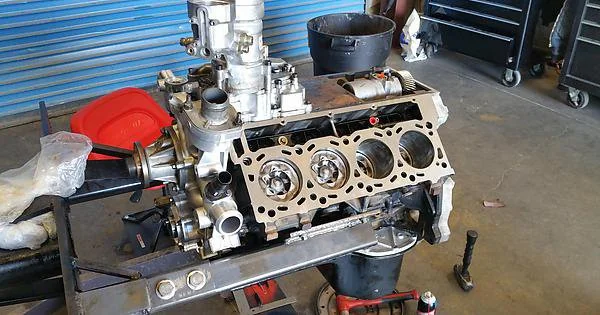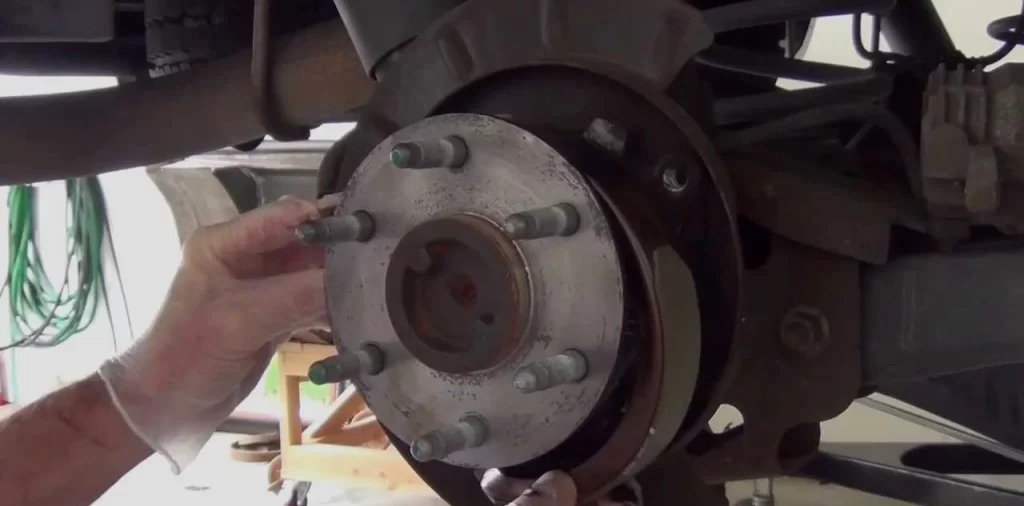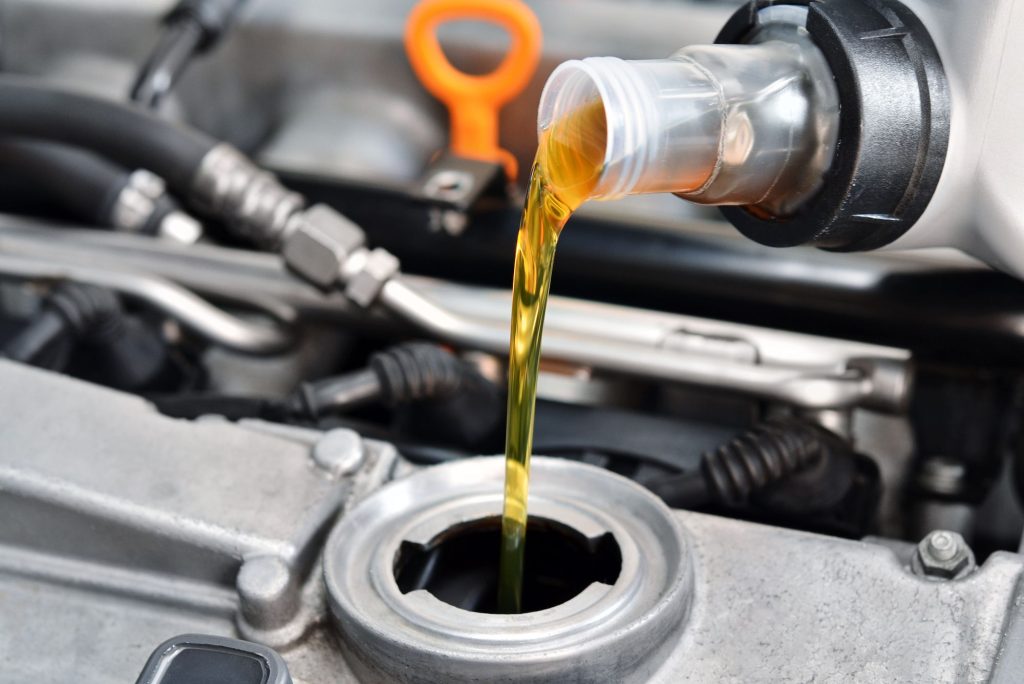Demystifying the Engine: A Beginner’s Guide to Car Cylinders and Pistons in Auckland, New Zealand
For Kiwis who love cruising the scenic coastlines or tackling the rugged hills in our beloved cars, the engine hums as a familiar soundtrack to adventure. But beneath the sleek hood lies a symphony of mechanical ballet, with the unassuming car cylinder and its trusty partner, the piston, taking centre stage. Today, we’ll crack open the engine bay and explore their intricate dance, transforming petrol into the power that propels us across Aotearoa.
Meet the Mighty Cylinder: Imagine a small, sturdy chamber, like a miniature beehive, nestled alongside its brothers in the heart of your engine. That’s a car cylinder, a precision-machined metal space where the magic of combustion unfolds. In Auckland, where traffic and terrain can be diverse, different engines boast varying numbers of cylinders – from four-cylinder workhorses tackling the daily grind to powerful V8s purring down Takapuna Beach. But regardless of number, each cylinder plays a crucial role in turning fuel into the force that sends you cruising down Queen Street or conquering Tongariro Crossing.
The Piston: A Dancing Dynamo: Picture a little metal plunger, perfectly fitting within the cylinder chamber. That’s the piston, a tireless dancer pushing and pulling in a synchronized rhythm with its cylinder partner. Fueled by a spark and air-fuel mixture, the piston undergoes a four-step ballet called the four-stroke cycle:
- Intake: The piston descends, sucking in a delicious mix of air and fuel through the open valve.
- Compression: The valve closes, and the piston rises, squeezing the air-fuel mixture into a tiny, potent package.
- Power: The spark plug ignites the compressed mixture, creating a tiny explosion that pushes the piston back down with immense force. This is where the magic happens – the explosion’s energy is harnessed to rotate the crankshaft, turning the wheels and propelling you forward.
- Exhaust: The final stroke sees the piston rise again, pushing out the burnt gasses through the exhaust valve. The cycle then repeats, a tireless tango between piston and cylinder, powering your every adventure.
The Unsung Heroes: Now, Auckland traffic can be tough on your engine, and both cylinders and pistons face their fair share of challenges. Excessive wear and tear, poor lubrication, and even overheating can throw their rhythmic dance off-kilter. But don’t fret! By understanding the signs, you can ensure these unsung heroes perform their vital roles like clockwork:
- Misfires: Engine sputters and shakes? This could be a cylinder or spark plug issue, disrupting the combustion cycle.
- Loss of power: Struggling to climb those Auckland hills? Reduced power might indicate worn-out piston rings or cylinder leaks.
- Excessive oil consumption: Burning oil through your fingers (figuratively, of course!) can be a sign of worn piston rings or cylinder wall damage.
- Unusual noises: Grinding, knocking, or ticking sounds from the engine could point to internal issues with pistons or cylinders.
Keeping the Symphony Going: Just like maintaining your trusty jandals for summer adventures, caring for your engine ensures a smooth ride. Here are some tips for keeping your cylinders and pistons in top shape:
- Regular oil changes and servicing: Fresh oil lubricates the delicate dance between piston and cylinder, preventing wear and tear. Follow your car’s recommended service schedule, especially considering Auckland’s stop-and-go traffic.
- Quality fuel: Using clean, high-octane fuel ensures efficient combustion and minimizes harmful deposits that can clog cylinders and pistons.
- Warm up before driving: Give your engine time to reach operating temperature, allowing the oil to circulate and pistons to expand properly before tackling those Auckland hills.
- Avoid engine overexertion: Lugging heavy loads or pushing the engine too hard can put excessive strain on cylinders and pistons. Drive smoothly and responsibly, especially on those winding Auckland roads.
Auckland Experts at Your Service: Whether you’re a seasoned gearhead or a curious newbie, understanding the power duo of cylinders and pistons can empower you to keep your Auckland adventures running smoothly. And if you encounter any hiccups in the engine’s symphony, fear not! Reputable mechanics in Auckland, with their expertise and advanced equipment, can diagnose and repair any cylinder or piston issues, ensuring your car remains your trusty companion on every Kiwi journey.
So, the next time you hear the gentle purr of your engine as you cruise along the Auckland waterfront, remember the tireless dance unfolding within. The car cylinder and piston, working in perfect harmony, are the unsung heroes powering your Kiwi adventures. By understanding and caring for them, you can ensure countless more journeys fueled by the vibrant symphony of combustion, propelling you towards breathtaking landscapes and endless possibilities across Aotearoa.
 NZD
NZD
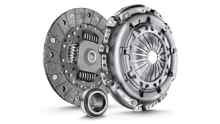
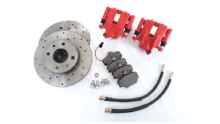
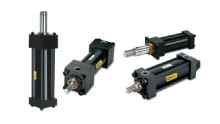
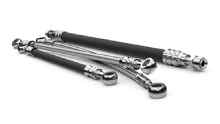
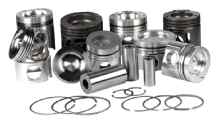
.jpg)
.jpg)
.jpg)
.jpg)

.jpg)
.jpg)


